Home>Garden Essentials>When Do You Cut Back The Greenery On Peonies After They Bloomed
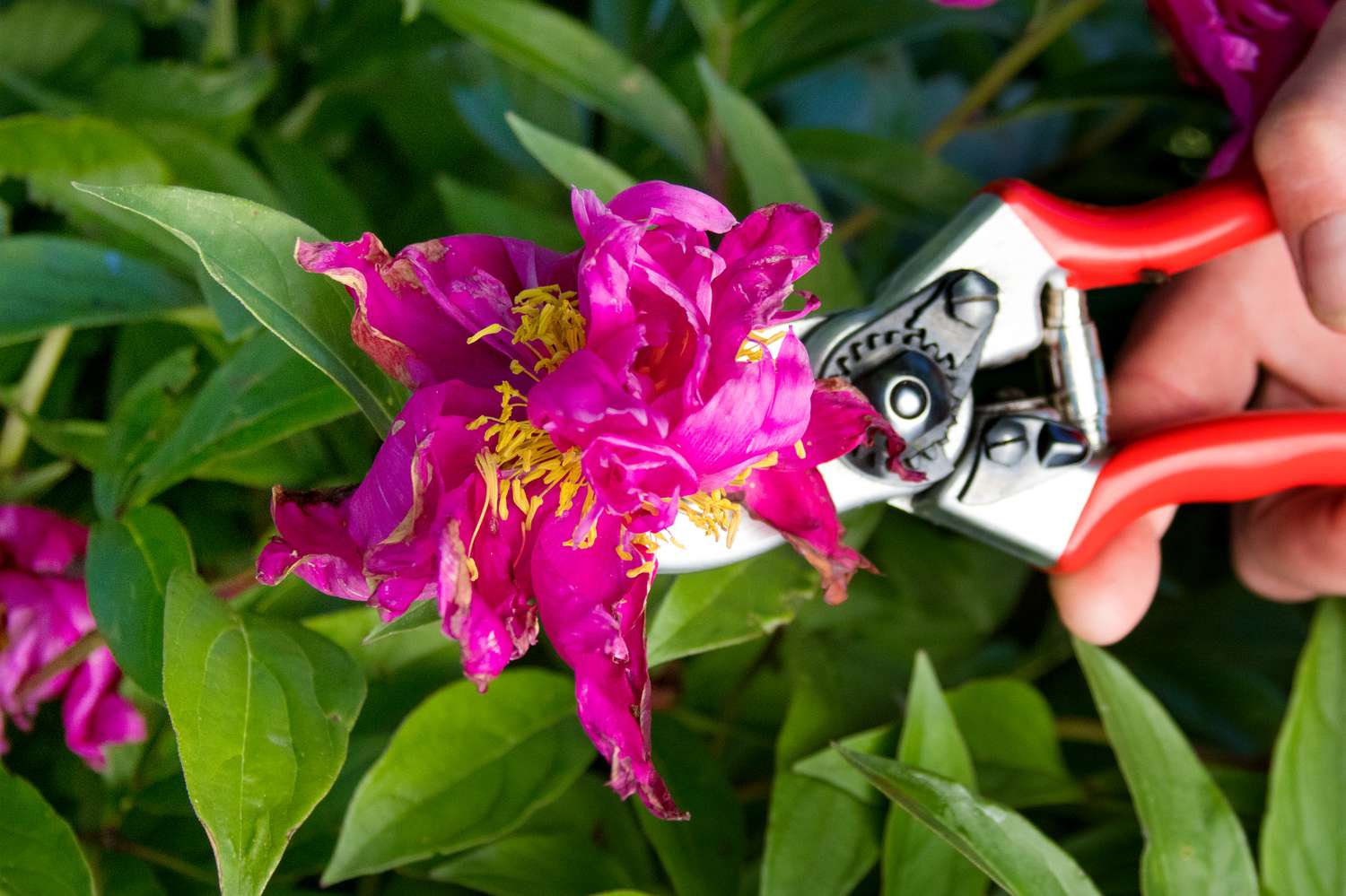

Garden Essentials
When Do You Cut Back The Greenery On Peonies After They Bloomed
Modified: March 7, 2024
Learn when to trim the greenery on your peonies after they have bloomed in your garden. Discover the proper timing for pruning and caring for these beautiful flowers.
(Many of the links in this article redirect to a specific reviewed product. Your purchase of these products through affiliate links helps to generate commission for Storables.com, at no extra cost. Learn more)
Introduction
Gardening enthusiasts eagerly anticipate the vibrant blooms of peonies each year. These stunning flowers, known for their large, lush petals and intoxicating fragrance, captivate the senses and add a touch of natural beauty to any garden. As the blooms begin to fade and the petals gracefully fall to the ground, gardeners are left wondering what the next steps should be. When do you cut back the greenery on peonies after they have bloomed?
To answer this question, it is important to understand the blooming process of peonies and the role that cutting back plays in their overall health and growth. It may seem counterintuitive to cut back the greenery of a plant that has just produced such beautiful flowers, but this crucial step is key to maintaining the health and vitality of your peonies.
Peony plants go through a natural blooming cycle each year. In early spring, their green shoots emerge from the ground, followed by the growth of their beautiful blossoms in late spring or early summer. Once the flowers have bloomed and begun to fade, the peony plant shifts its energy towards developing new growth for the following year. Cutting back the greenery helps redirect the plant’s resources and allows it to focus on producing strong, healthy foliage for the next growing season.
The timing of when to cut back peonies is crucial. Cutting back too early can interrupt the plant’s natural process, while cutting back too late can hinder the development of new growth. It is essential to wait until the peony plant has fully completed its blooming cycle before reaching for your pruning shears.
Before you embark on the pruning process, gather the necessary tools for the task at hand. A pair of sharp pruning shears or garden scissors will be your main weapon of choice. These tools allow for clean cuts and minimize the risk of damaging the plant. Additionally, wear a pair of gardening gloves to protect your hands from any thorns or irritants that may be present.
Now that you have your tools ready, let’s delve into the step-by-step guide to cutting back peonies after they have bloomed. Follow these tips and techniques to ensure successful pruning and promote healthy growth for your peonies.
Key Takeaways:
- Timing is crucial when cutting back peonies after blooming. Wait until the petals have fallen and the flower stalks have dried up to ensure the plant has finished its blooming cycle.
- Proper pruning promotes healthy growth and stunning blooms. Use sharp tools, make clean cuts, and trim conservatively to support the long-term health and vitality of your peony plants.
Read more: When Do You Cut Back Greenery On Asparagus
Peony Blooming Process
Understanding the blooming process of peonies is essential for knowing when and how to cut back the greenery after they have bloomed. Peonies are herbaceous perennial plants that go through distinct stages of growth and flowering.
In early spring, as the soil begins to thaw and temperatures start to rise, peony plants send up their new shoots. These shoots emerge from the ground as small, reddish-brown buds. As the days grow longer and warmer, the buds gradually unfurl, revealing their lush green foliage.
Once the foliage has fully grown, the peony plants enter their blooming phase. This usually happens in late spring or early summer, depending on the variety and climate. The buds on the peony plant develop into large, colorful flowers in various shades, including white, pink, red, and even yellow. The blooms are known for their delicate beauty, captivating fragrance, and ability to attract pollinators.
As the peony flowers reach their peak, they open fully, displaying layers of soft petals and a prominent center studded with stamens. The flowers can remain in bloom for several days, providing a stunning display of color and elegance in the garden.
However, like all living things, the life cycle of a peony flower eventually comes to an end. The petals gradually fade and fall, leaving behind a seedpod known as a “hip.” This seedpod contains the potential for future peony plants and will mature over time, eventually bursting open to release the seeds.
Once the flowering stage is complete, the peony plant shifts its energy towards developing new growth for the following year. This is why cutting back the greenery is necessary after the blooming process is finished. By trimming back the spent foliage, you allow the plant to redirect its resources towards root development and storing nutrients for next year’s growth.
Understanding the stages of the peony blooming process enables gardeners to time their pruning correctly and support the health and vitality of their peony plants. Now that we have a better understanding of the natural cycle of peonies, let’s explore when to cut back these magnificent flowers.
The Importance of Cutting Back
Cutting back peonies after they have bloomed might seem counterintuitive, as you may be tempted to leave the greenery to add aesthetic appeal to your garden. However, the act of trimming back the foliage is crucial for the long-term health and vigor of your peony plants.
One of the primary reasons for cutting back peonies is to redirect the plant’s energy towards root development and nutrient storage. After the blooming process is complete, the peony plant needs to allocate its resources effectively to prepare for the next growing season. By cutting back the greenery, you encourage the plant to focus its energy on strengthening its root system and storing vital nutrients in preparation for the following year’s growth.
Trimming back the spent foliage also helps prevent pest and disease issues. As the peony leaves age and deteriorate, they can become a breeding ground for harmful insects and disease-causing pathogens. By removing the old foliage, you create a cleaner environment for the plant, reducing the risk of pest infestations and fungal infections.
Another important reason for cutting back peonies is to maintain the overall aesthetic appeal of the plant. As the blooms fade and the petals fall, the greenery can become visually unappealing, detracting from the beauty of your garden. By trimming back the foliage, you create a neater and more presentable appearance, ensuring that your peony plants continue to enhance the overall visual appeal of your outdoor space.
In addition to these benefits, cutting back peonies can also help prevent the spread of diseases. Some peony diseases, such as botrytis blight, can persist through the winter on old foliage. By removing this foliage, you reduce the risk of disease spores infecting the new growth in the following season.
Overall, cutting back peonies is an essential task that supports the long-term health, vigor, and appearance of these beautiful flowering plants. By redirecting energy, preventing pest and disease issues, and maintaining aesthetic appeal, pruning ensures that your peonies remain strong, vibrant, and productive year after year.
When to Cut Back Peonies
Timing is crucial when it comes to cutting back peonies after they have bloomed. Cutting back too early can disrupt the natural growth cycle of the plant, while cutting back too late can hinder the development of new growth for the following year. So, when is the best time to trim back your peonies?
The general rule of thumb is to wait until the peony plant has fully completed its blooming cycle before cutting back the greenery. This means waiting until the petals have fallen off and the flower stalks have wilted and dried up. During this time, the plant is shifting its focus from producing blooms to allocating its energy towards root development and nutrient storage.
The exact timing of when the peony plant finishes its blooming cycle can vary depending on the variety, climate, and growing conditions. Typically, it is safe to start trimming back the greenery around 2-4 weeks after the peony flowers have finished blooming. This allows enough time for the plant to complete its natural process and ensures that you’re not cutting back while the plant is still actively using its foliage for energy production.
It’s important to note that cutting back peonies too early, while the plant is still actively using its leaves, can weaken the plant and hinder its ability to store nutrients for the following year. On the other hand, delaying the pruning process for too long can result in reduced growth and vigor in the next growing season. Thus, finding the right balance is key.
Observation is key when determining the ideal time to cut back peonies. Monitor the plant closely and look for signs that it has completed its blooming cycle. Once the petals have fallen and the flower stalks have withered, gently tug on the stalks. If they come away easily from the plant, it is an indication that the plant is ready for pruning.
In regions with colder climates, where peonies experience a shorter growing season, you may need to trim back the greenery slightly earlier to ensure that new growth has enough time to develop and harden off before winter sets in. However, in areas with milder climates, you have a bit more flexibility and can wait until later in the season to cut back the greenery.
By carefully observing the plant and respecting its natural growth cycle, you can determine the best time to cut back your peonies. Taking this approach will ensure that you promote healthy growth and maximize the plant’s potential for stunning blooms in the coming year.
Tools Needed for Pruning
When it comes to pruning and cutting back peonies, having the right tools is essential. The proper tools not only make the task easier and more efficient but also help minimize the risk of damaging the plant. Here are the essential tools you’ll need for pruning your peonies:
- Pruning Shears: A good pair of pruning shears or garden scissors is the main tool you’ll need for cutting back peonies. Look for a pair with sharp, sturdy blades that can make clean cuts without crushing the stems. Sharp shears ensure that the pruning process is quick and precise, reducing the chances of introducing diseases or causing unnecessary damage to the plant.
- Gardening Gloves: It’s important to protect your hands while pruning, as peony plants can have thorns or irritants on their stems. Invest in a sturdy pair of gardening gloves that fit well and provide adequate protection. Gloves will also shield your hands from any potential allergens or skin irritants that may be present on the plant.
- Disinfectant: To prevent the spread of diseases, it’s a good practice to disinfect your pruning tools before and after each use. Use a household disinfectant or a solution of one part bleach to nine parts water. Dip the blades of the pruners in the disinfectant solution for a few minutes, then wipe them dry before using. This simple step helps sanitize the tools and reduces the risk of transferring any diseases to the peony plant.
- Bucket or Trash Container: To collect the trimmed foliage and spent flower stalks, have a bucket or trash container nearby. This makes cleanup easier and helps keep your garden tidy.
- Optional: Long-Handled Pruners: If you have taller or hard-to-reach peony plants, consider using long-handled pruners. These pruning tools have extended handles that allow you to reach higher branches without the need for a ladder. Long-handled pruners provide extra reach, making the pruning process more convenient and efficient.
Having these tools readily available will ensure that you are properly equipped for the pruning process and can perform the task with ease. Remember to always use sharp and clean tools, protect your hands with gloves, and sanitize your pruning shears to maintain the health and vitality of your peonies.
After peonies have finished blooming, you can cut back the greenery to about 2 inches above the ground. This will help the plant conserve energy for the next growing season.
Read more: When Do You Cut The Greenery From Iris
Step-by-Step Guide to Cutting Back Peonies
Pruning peonies may seem daunting, but with the right approach, it can be a simple and rewarding task. Follow this step-by-step guide to cutting back your peonies after they have bloomed:
- Wait for the Right Time: Allow your peony plants to complete their blooming cycle. Wait until the petals have fallen off and the flower stalks have dried up before starting the pruning process. This ensures that the plant has finished allocating its energy towards flower production.
- Prepare your Tools: Gather your pruning shears or garden scissors and gardening gloves. Ensure that your tools are clean and sharp to make clean cuts and reduce the risk of damaging the plant.
- Cut the Stalks: Starting at the base of the plant, trim the flower stalks back to ground level. Use clean, sharp cuts just above the main stem of the plant. Remove any spent flower heads or seed heads along with the stalks. This promotes a neater appearance and prevents the plant from wasting energy on seed production.
- Trim the Foliage: Once the stalks are cut, focus on trimming the foliage. Using your pruning shears, trim back the leaves to about 2-3 inches above ground level. Make angled cuts to allow water to drain away from the plant, reducing the risk of fungal diseases. Remove any yellowed, damaged, or diseased leaves to maintain the plant’s overall health.
- Cleanup: Collect the trimmed foliage and spent flower stalks in a bucket or trash container. Properly dispose of the plant material, ensuring that it is not left around the peony plants, as it can harbor pests or diseases.
- Sanitize your Tools: After completing the pruning, take the time to disinfect your pruning shears or garden scissors. Dip the blades in a disinfectant solution or wipe them down with a solution of one part bleach to nine parts water. This helps prevent the spread of diseases from one plant to another.
Following this step-by-step guide will help you successfully cut back your peonies, promoting healthy growth and maximizing their potential for next year’s blooms. Remember to be patient, use clean and sharp tools, and maintain a tidy garden environment throughout the pruning process.
Tips for Successful Pruning
Pruning peonies requires a gentle touch and some careful consideration. To ensure successful pruning and promote the health and beauty of your peony plants, keep these tips in mind:
- Timing is Key: Wait until your peony plants have completed their blooming cycle before cutting back. Pruning too early can disrupt the plant’s natural growth process, while delaying the pruning for too long can hinder next year’s growth.
- Inspect the Plant: Before pruning, take a close look at your peony plant. Remove any dead or diseased foliage from the surrounding area. This helps reduce the risk of introducing pests or diseases during the pruning process.
- Make Clean Cuts: Use sharp pruning shears or garden scissors to make clean cuts. Avoid crushing or tearing the stems, as this can create entry points for diseases. Clean cuts promote faster healing and minimize the risk of damage to the plant.
- Trim Conservatively: When trimming the foliage, avoid cutting back too much. Leave a few inches of foliage above ground level to allow the plant to continue photosynthesis and store energy for next year’s growth.
- Remove Spent Flowers: As you prune the plant, remove any spent flower heads or seed heads. This prevents the plant from wasting energy on seed production and promotes a neater appearance in your garden.
- Clean Up Thoroughly: Properly dispose of the trimmed foliage and spent flower stalks to prevent the spread of diseases. Collect the plant material in a bucket or trash container and discard it in a compost pile or green waste bin.
- Protect Against Disease: After pruning, it’s a good practice to apply a fungicide or horticultural oil to protect your peony plants against fungal diseases. Follow the instructions on the product label and apply as directed.
- Water and Mulch: After pruning, give your peony plants a thorough watering to help them recover from the pruning process. Apply a layer of organic mulch around the base of the plants to help retain moisture and suppress weed growth.
- Monitor for Pests and Diseases: Keep a close eye on your peony plants throughout the growing season. Watch for signs of pest infestations or disease development. If necessary, take appropriate action such as using organic insecticides or fungicides to protect your plants.
- Enjoy the Results: Pruning is an opportunity to shape and care for your peony plants. Take satisfaction in knowing that your efforts will contribute to their overall health and future floral abundance.
By following these tips, you can successfully prune your peony plants and promote their well-being. Remember to be patient, take your time, and approach the pruning process with care and precision. With proper pruning, your peonies will reward you with stunning blooms year after year.
Signs of Over-Pruning
While pruning is important for the health and vigor of peony plants, it is equally crucial to avoid over-pruning. Over-pruning can have adverse effects on the plant’s growth and may even lead to a decline in floral production. Watch out for these signs of over-pruning to ensure that you strike the right balance:
- Stunted Growth: If your peony plant’s growth appears stunted or the new shoots are noticeably shorter than in previous years, it may be a sign of over-pruning. Cutting back too much foliage can disrupt the plant’s ability to photosynthesize and produce energy for growth.
- Lack of Blooms: Over-pruning can deplete the plant’s energy reserves, resulting in a reduced number of blooms or even no blooms at all. If your peonies are not producing the expected amount of flowers, you may have pruned them excessively.
- Weak Stems: Excessive pruning can weaken the stems of your peony plants, making them more prone to bending and breaking under the weight of the flowers. If you notice floppy or drooping stems, it may be a sign that you have trimmed back too much foliage.
- Disease and Pest Susceptibility: Over-pruned peony plants may become more susceptible to diseases and pests. Without enough foliage to protect against harsh weather conditions and ward off pests, the plant’s overall health can suffer.
- Delayed or Reduced Blooming: If your peony plants are blooming later than usual or producing smaller, less vibrant flowers, it could be a result of over-pruning. Cutting back too much foliage can delay the development of flower buds and hinder their full potential.
- Slow Recovery: After pruning, peony plants should recover relatively quickly, with new growth appearing within a few weeks. If your plants have not shown signs of regrowth or are taking an unusually long time to bounce back, it may indicate that they have been over-pruned.
If you notice any of these signs, it’s essential to reassess your pruning practices and make adjustments. In the future, avoid removing too much foliage and aim for a more conservative approach. Remember that peony plants are hardy and resilient, but they still require foliage for photosynthesis and nutrient storage. By finding the right balance in pruning, you can help your peonies thrive and produce gorgeous blooms year after year.
Conclusion
Cutting back the greenery on peonies after they have bloomed is a critical step in maintaining the health and vitality of these stunning flowering plants. By understanding the peony blooming process and the importance of pruning, you can ensure that your peonies continue to thrive and adorn your garden with their beauty.
Timing is crucial when it comes to cutting back peonies. Waiting until the plant has completed its blooming cycle ensures that it has fully allocated its energy towards root development and nutrient storage. Tools such as sharp pruning shears, gardening gloves, and a disinfectant are essential for a successful pruning process.
When pruning, it’s important to make clean cuts and trim back the stalks and foliage conservatively. Removing spent flower stalks and trimming the foliage to a few inches above the ground allows the plant to redirect its resources and focus on new growth. Proper cleanup and sanitization of tools help prevent the spread of diseases.
Keep in mind that over-pruning can have negative effects on peony plants. Signs such as stunted growth, lack of blooms, weak stems, and increased susceptibility to diseases and pests indicate that the plants have been pruned excessively. Striking the right balance is key.
By following these guidelines and tips, you can successfully cut back peonies after they have bloomed, ensuring their continued health and beauty. Remember to be patient, observant, and gentle with your pruning, and your peonies will reward you with abundant, vibrant blooms year after year.
So, when the time comes to trim back your peonies, grab your pruning shears and embark on this essential gardening task. Your peony plants will thank you with their resplendent flowers and serve as a testament to your expertise as a gardener.
Frequently Asked Questions about When Do You Cut Back The Greenery On Peonies After They Bloomed
Was this page helpful?
At Storables.com, we guarantee accurate and reliable information. Our content, validated by Expert Board Contributors, is crafted following stringent Editorial Policies. We're committed to providing you with well-researched, expert-backed insights for all your informational needs.
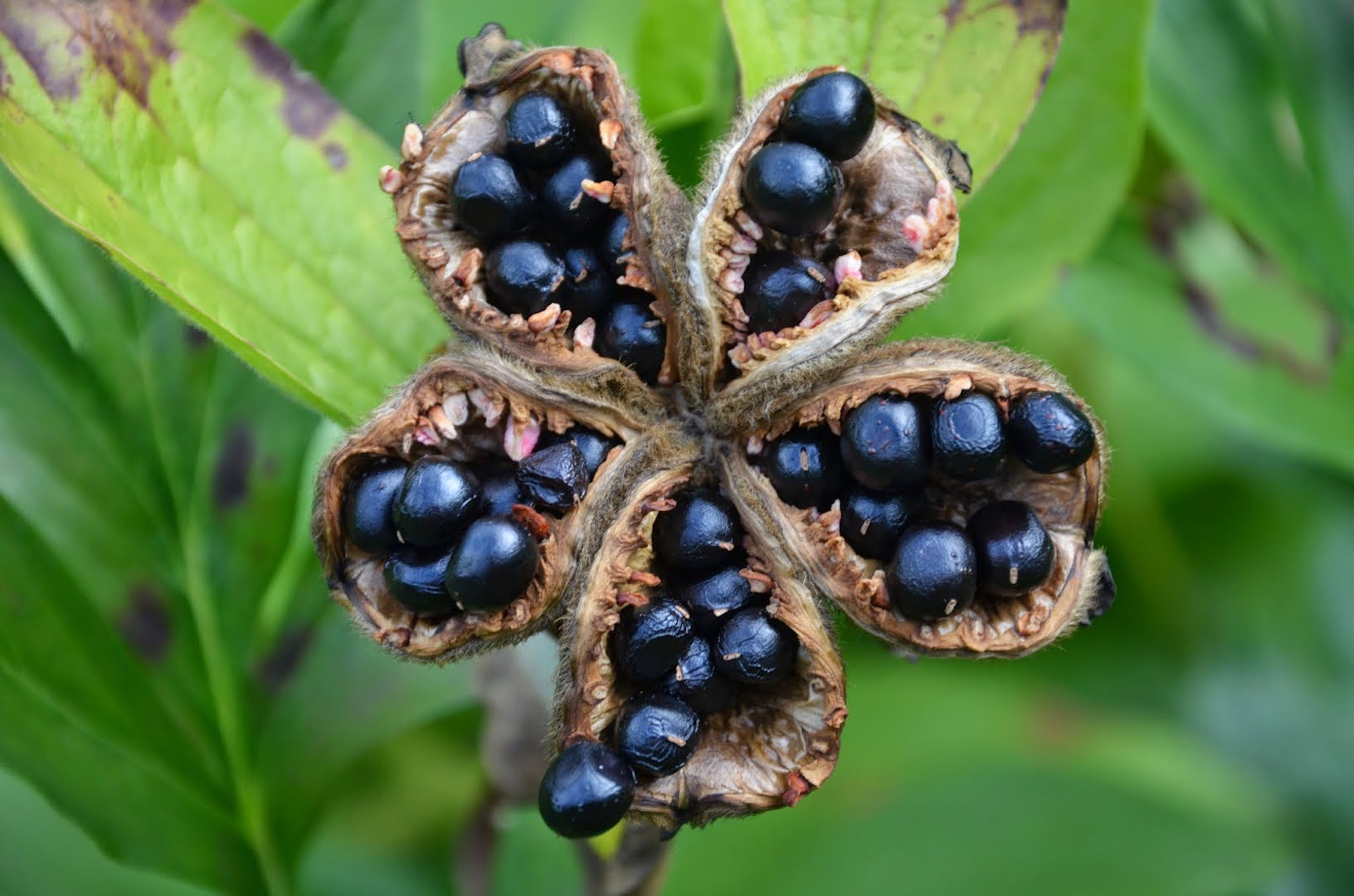

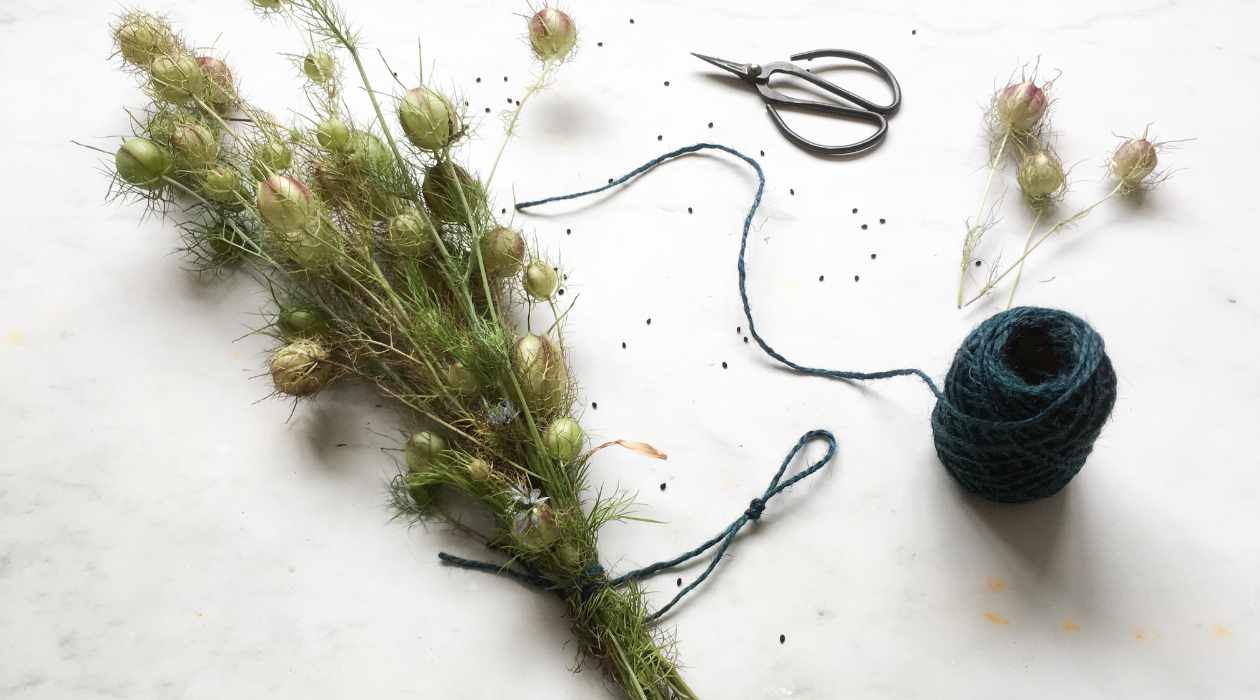
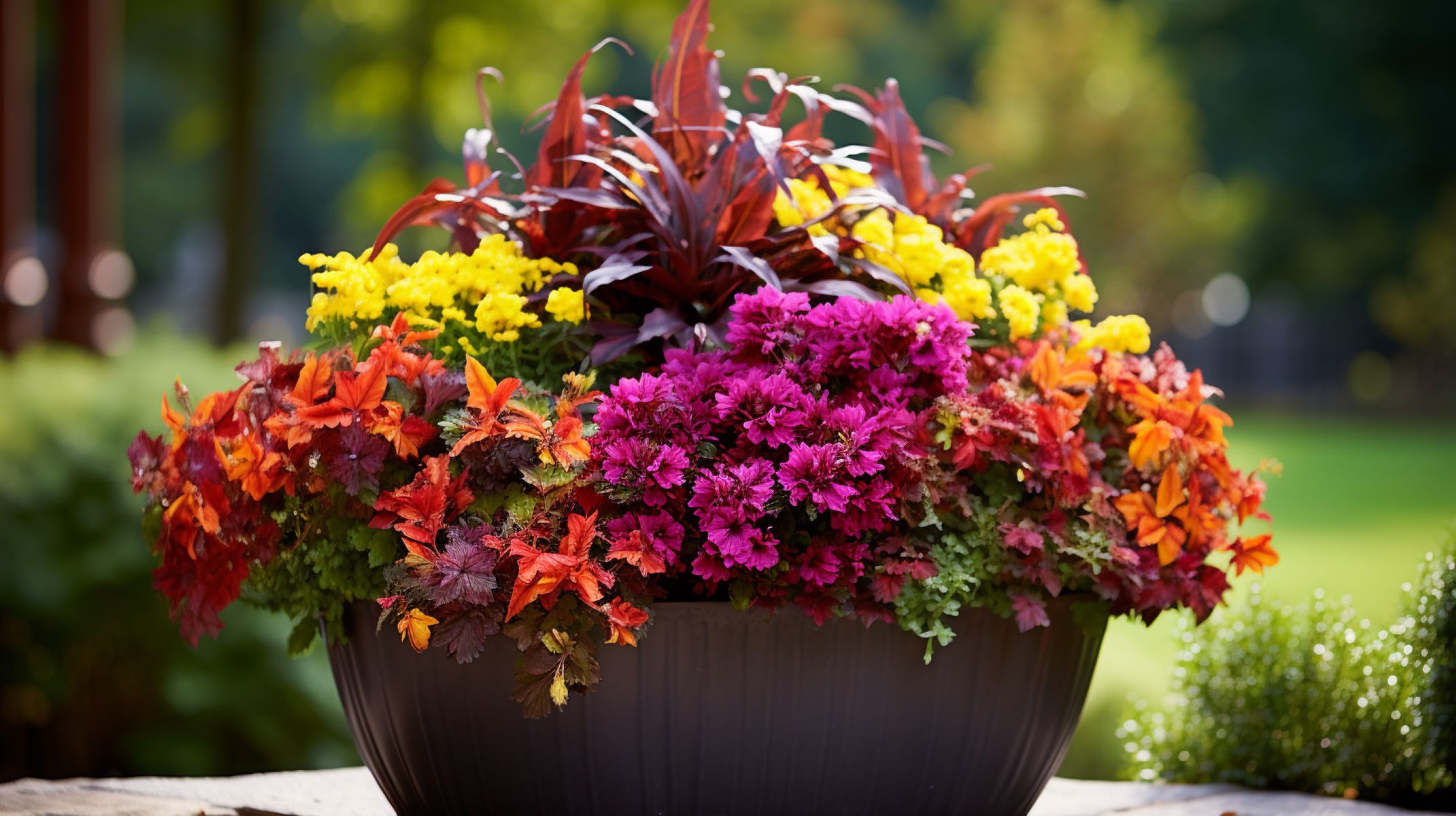
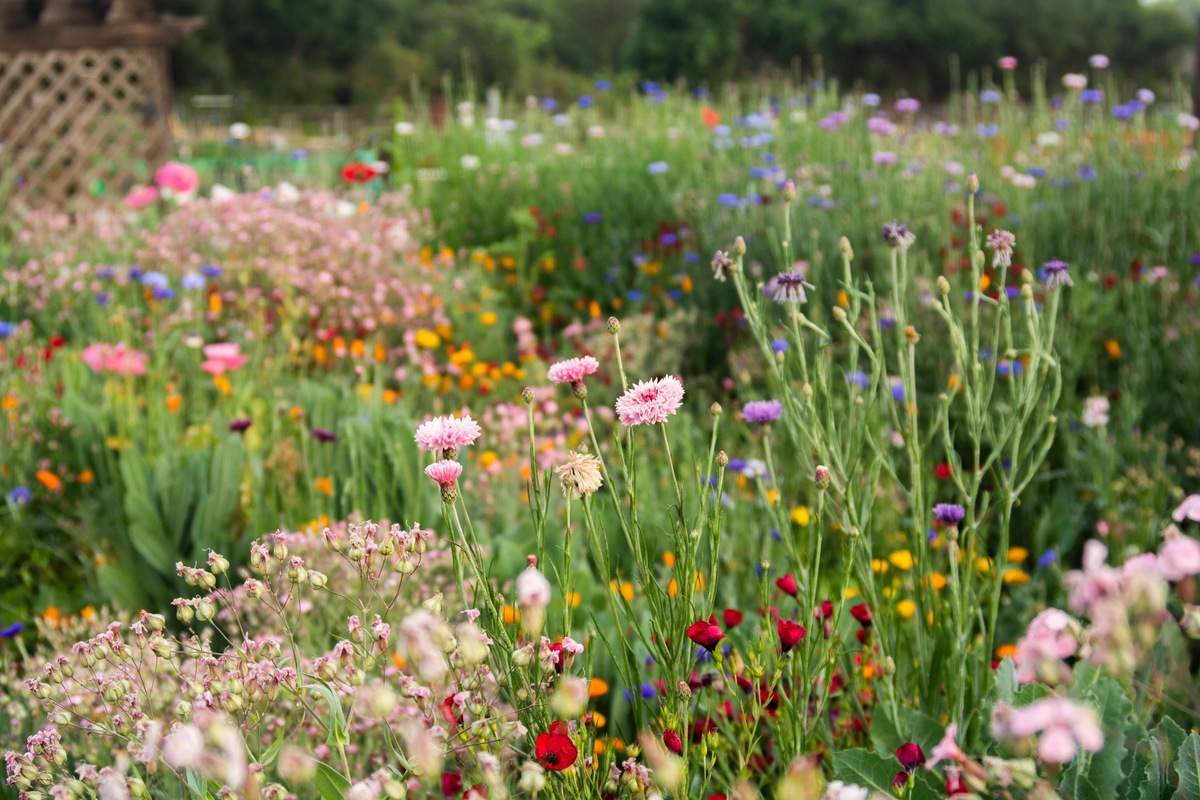
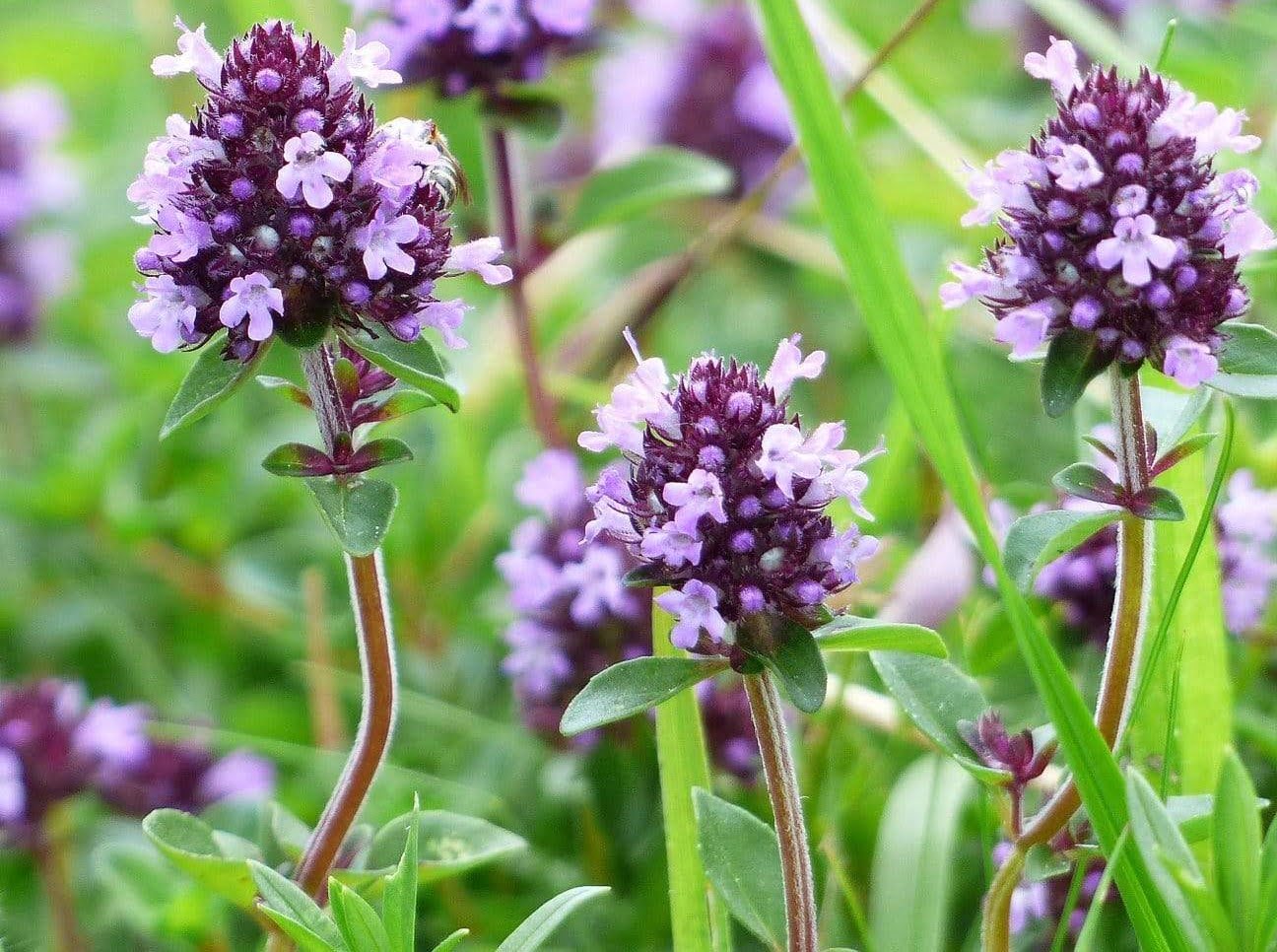
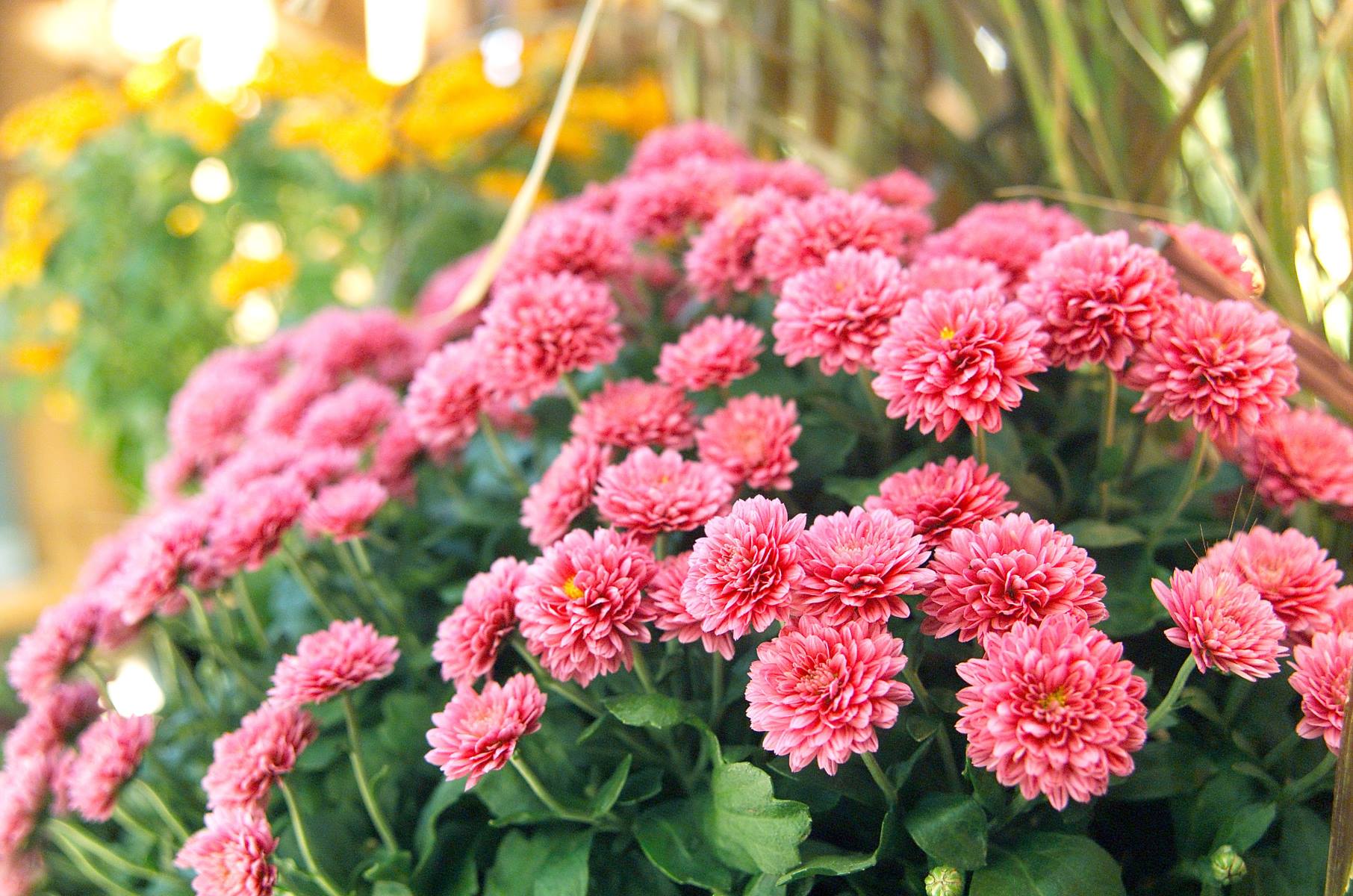
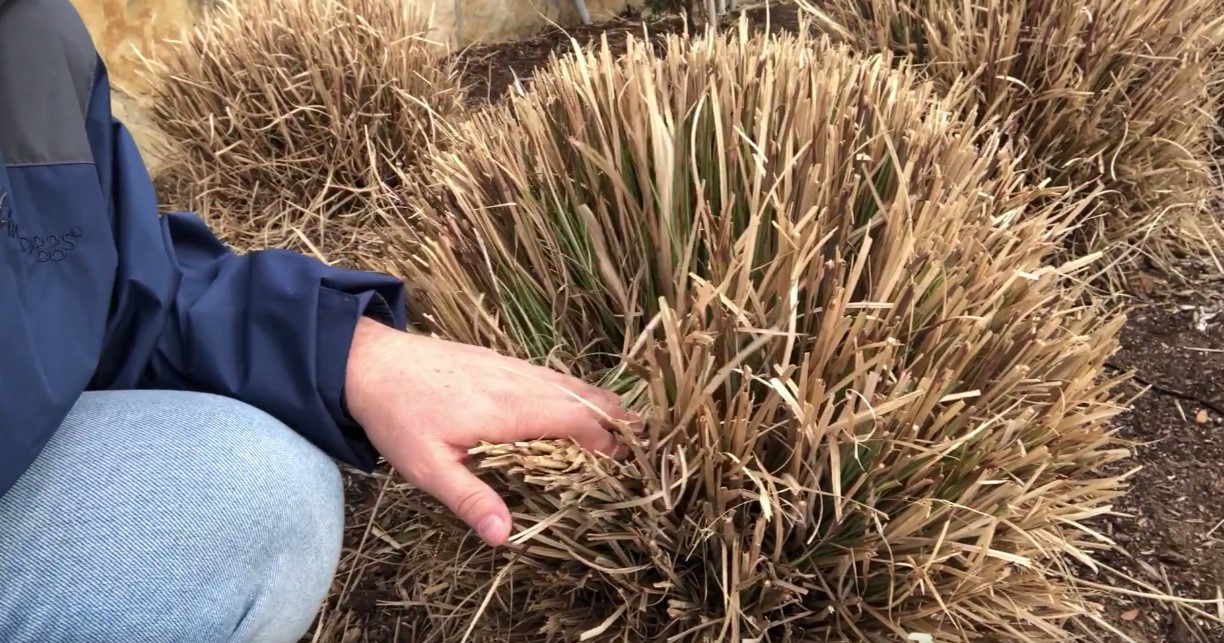
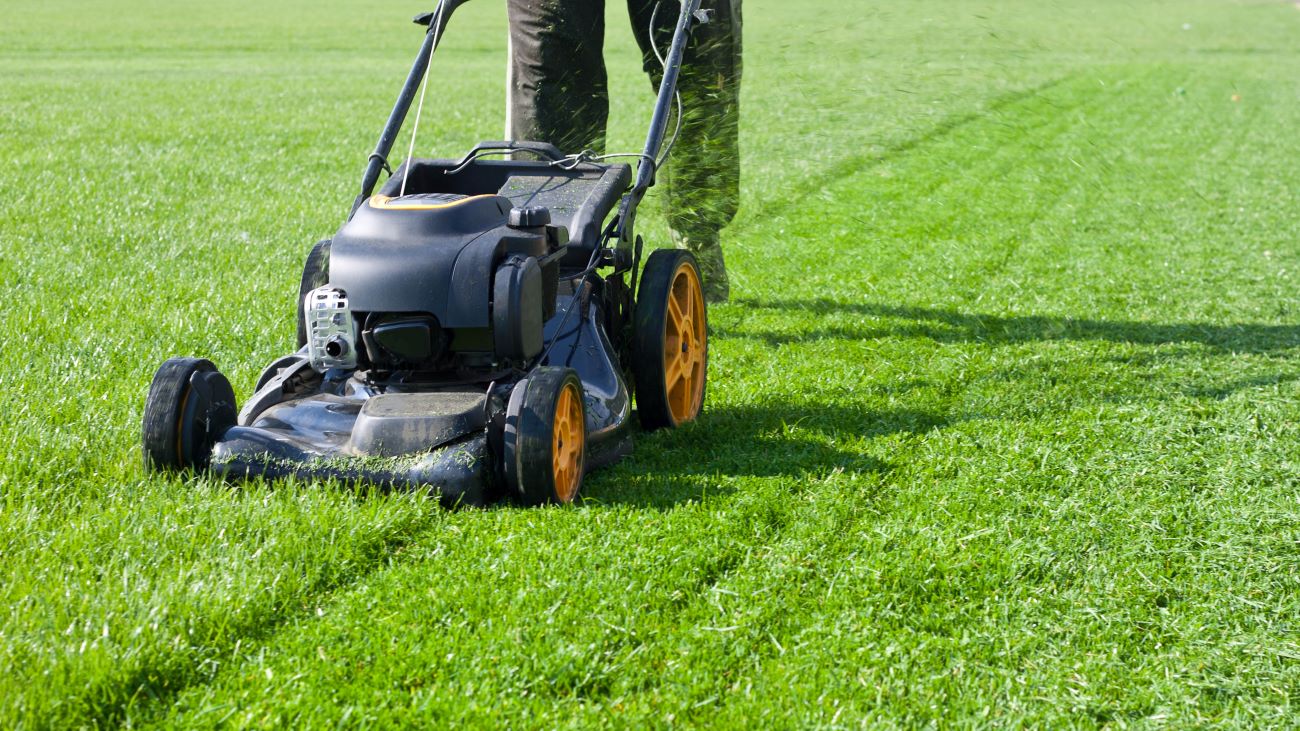

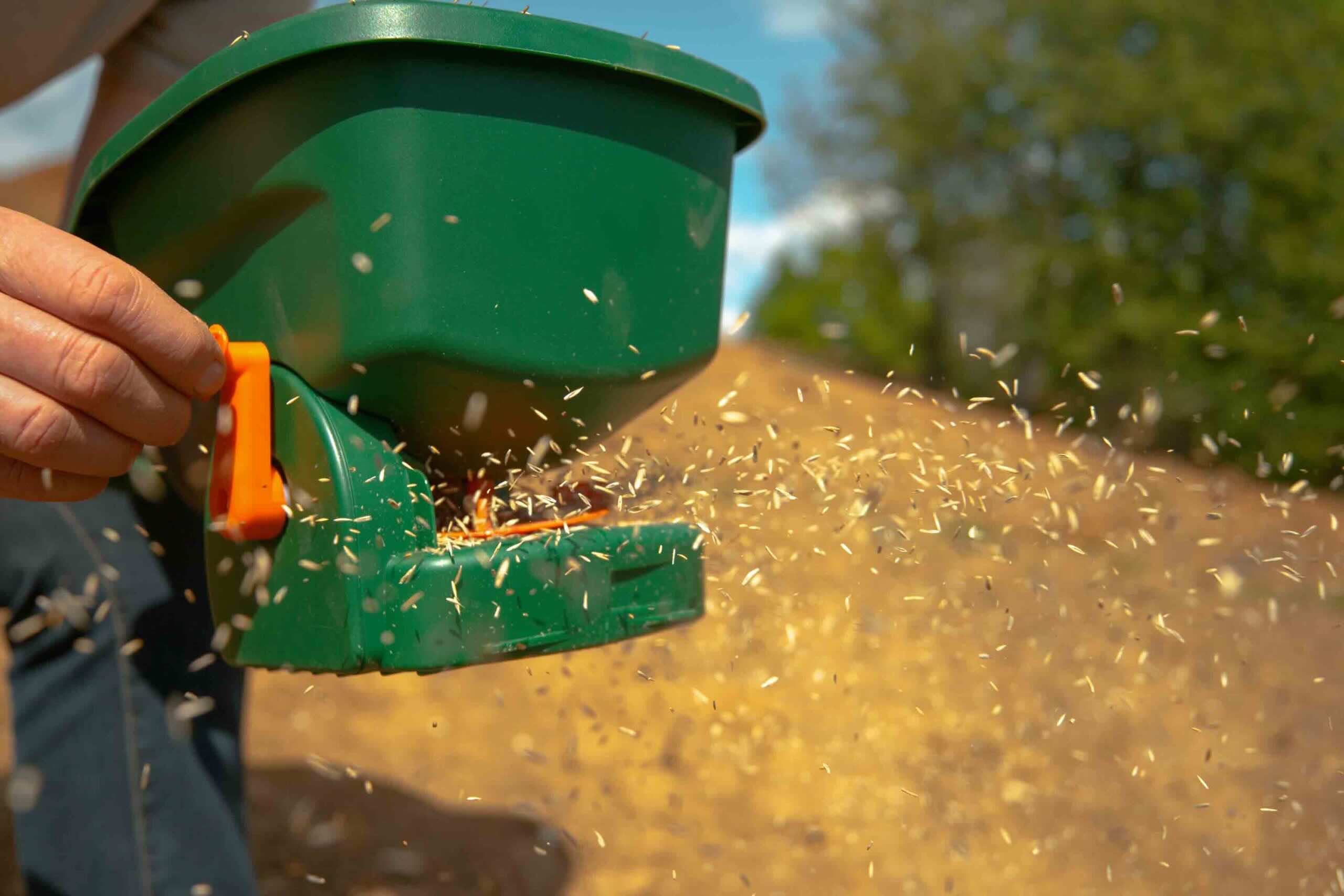

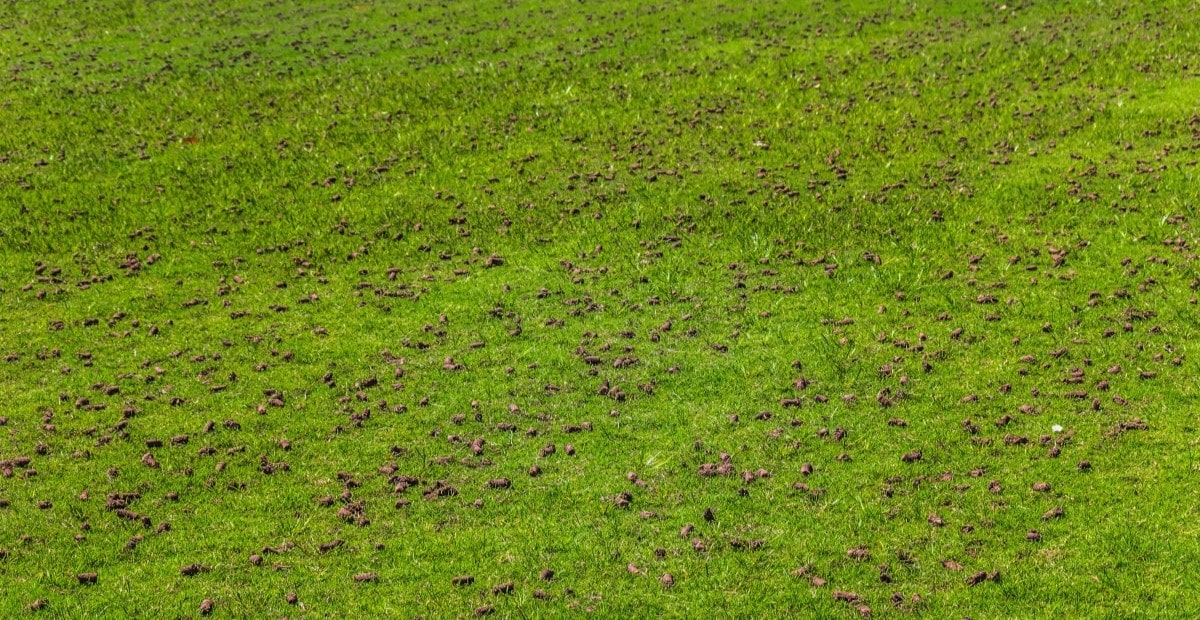
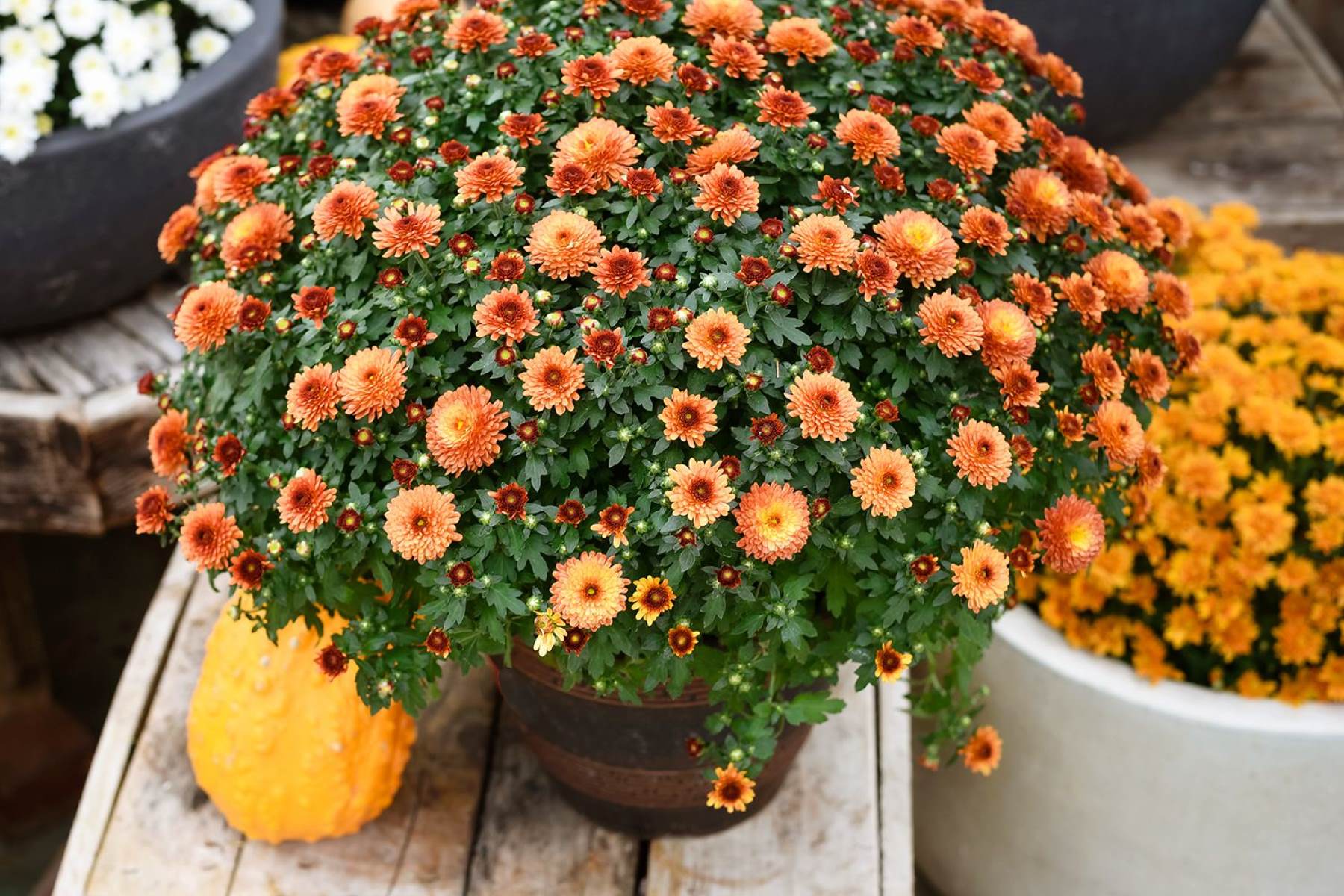

0 thoughts on “When Do You Cut Back The Greenery On Peonies After They Bloomed”